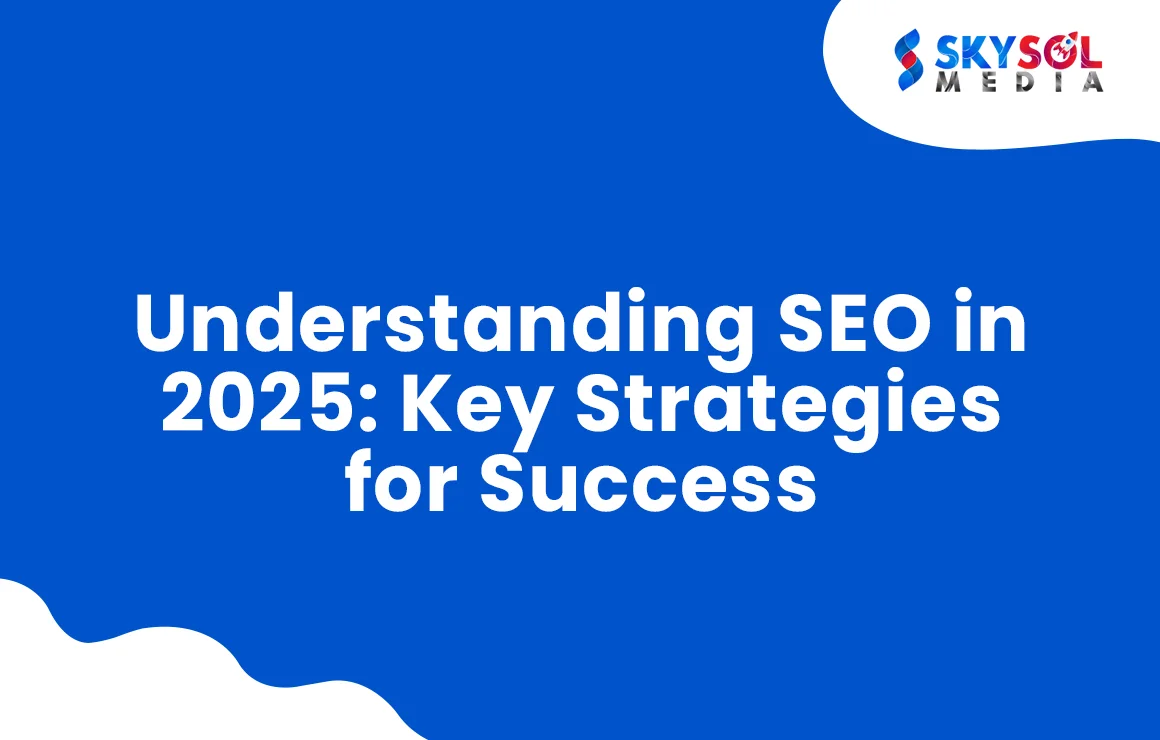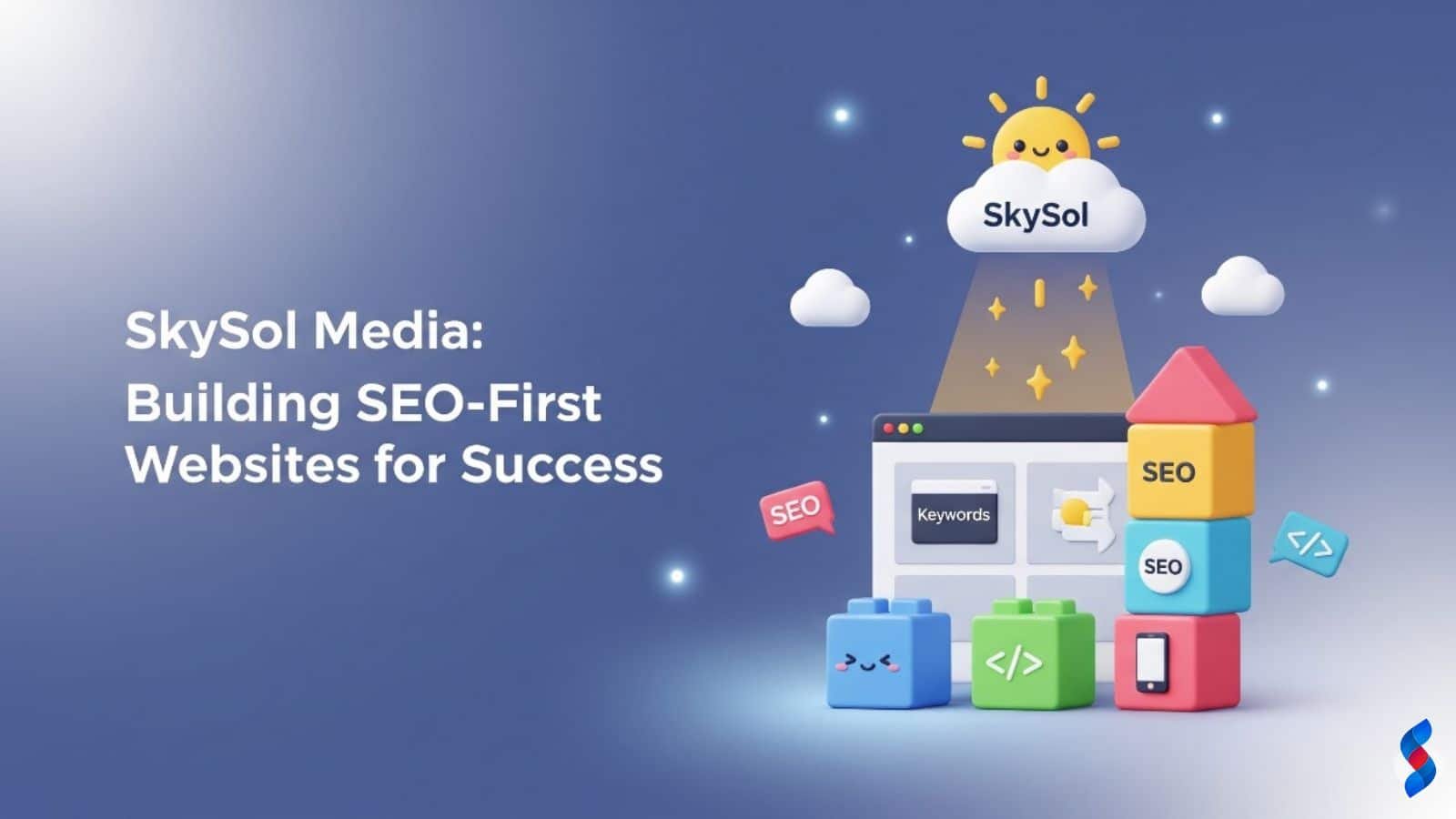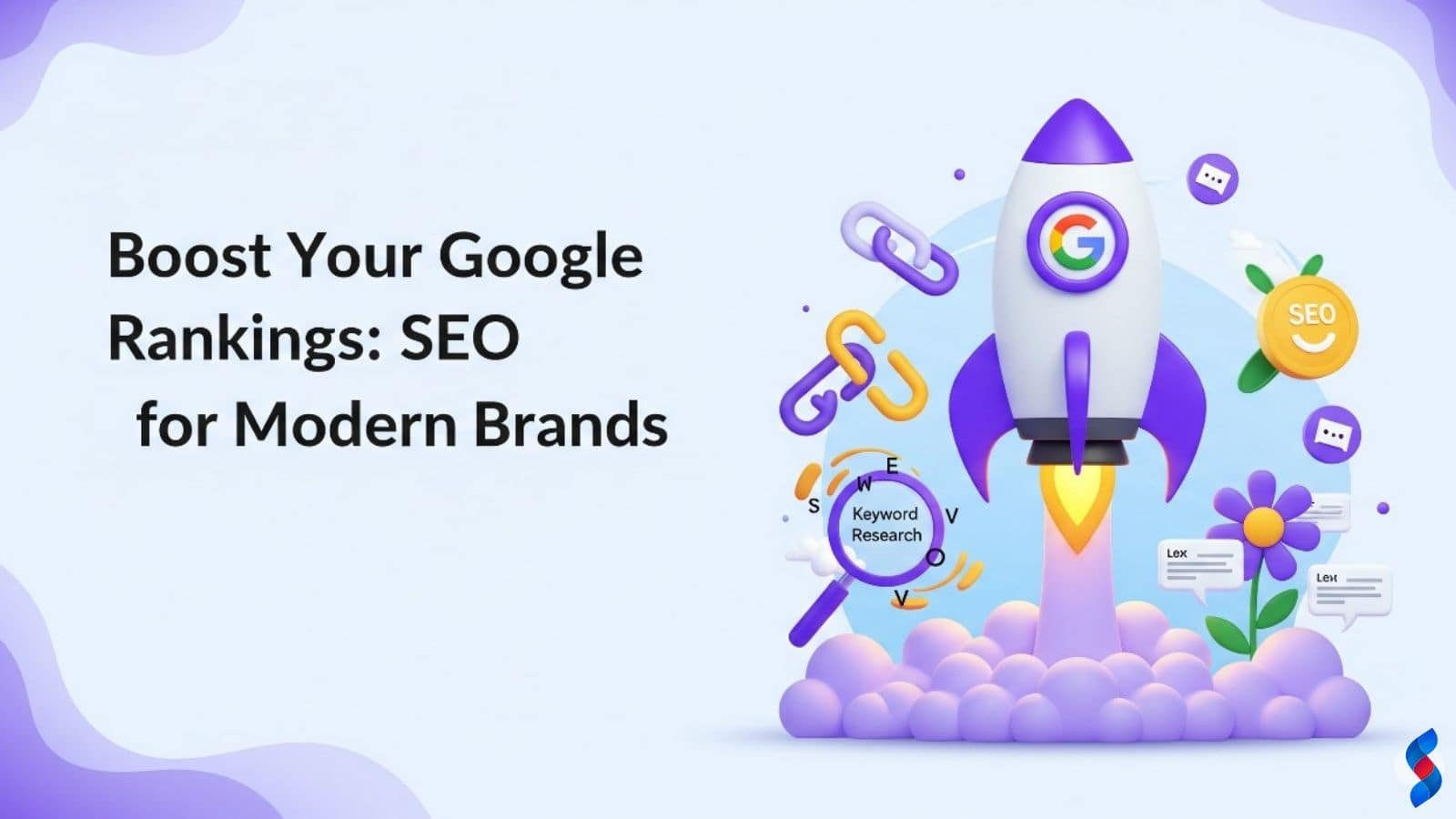Need help? Call us:
+92 320 1516 585
- Web Design And Development
- Graphic Designing
- Search Engine Optimization
- Web Hosting
- Digital Marketing
- CRO Services
- Brand Development
- Social Media Marketing
- PPC Marketing
- Content Marketing
- ERP Solutions
- App Development
- Game Development
- Printing Services
- Video Production
- Artificial Intelligence
- Data Entry
Best Blogging Frequency for SEO in 2025–26
Best Blogging Frequency for SEO in 2025–26: In the ever-changing world of digital marketing, blogging remains one of the most powerful tools for SEO, but…
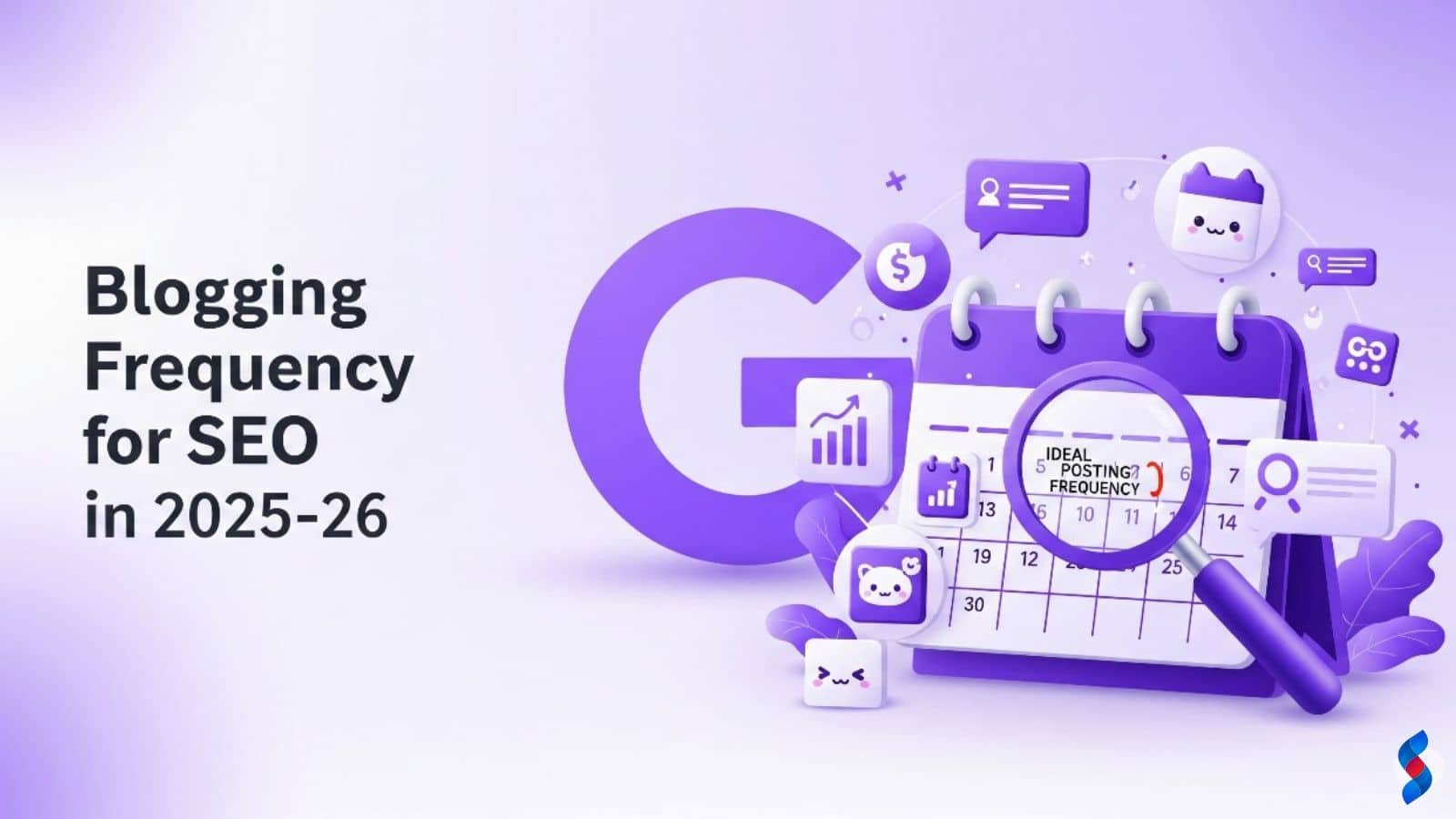
Best Blogging Frequency for SEO in 2025–26: In the ever-changing world of digital marketing, blogging remains one of the most powerful tools for SEO, but how often should you publish content to see real results in 2025 and beyond? At SkySol Media, we’ve analyzed the trends, algorithm updates, and audience behaviors to determine the ideal blogging frequency for businesses serious about growth, visibility, and long-term success.
Why Blogging Frequency Matters for SEO
Search engines like Google prioritize websites that produce consistent, valuable, and relevant content. It’s not just about keyword-stuffed articles anymore; quality and timing are now crucial SEO factors.
Here’s how frequency affects SEO:
- Crawling frequency: Search engines return to your site more often if you publish regularly.
- Fresh content signals: Google rewards sites that are frequently updated.
- More indexed pages: More posts = more opportunities to rank.
- Keyword diversity: Frequent posts help cover a broader range of search queries.
- Backlink potential: Regular, useful content attracts backlinks naturally.
Read Also: How Many Blog Posts Do You Really Need in 2025 to Rank on Google?
Blogging Frequency Benchmarks in 2025
After analyzing industry data and trends, here’s what SkySol Media recommends for optimal performance:
| Type of Business | Recommended Blogging Frequency (2025–26) |
|---|---|
| Startup / Small Business | 2–4 blog posts per month |
| Mid-sized Business | 1–2 blog posts per week |
| Enterprise / eCommerce | 3–5 blog posts per week |
| Media / Content-first Brands | Daily or 5–7 posts per week |
These benchmarks aren’t random—they’re based on algorithm patterns, user behavior, and competitor analysis. Let’s break it down.
Factors That Determine Your Ideal Blogging Frequency
1. Your SEO Goals
Are you aiming to build brand awareness or convert traffic into leads? For brand visibility and authority, higher frequency works best. For lead generation and niche dominance, you can go with high-quality, lower-frequency content.
2. Your Industry Competitiveness
Industries like tech, digital marketing, finance, and eCommerce are saturated. If you’re in one of these, you’ll need to post more often to stay competitive.
3. Your Team Size and Content Resources
Publishing daily blogs only makes sense if you can maintain quality. If you’re limited in bandwidth, it’s better to post 1–2 high-value posts per week instead of 5 low-quality ones.
4. Topic Scope and Keyword Research
Some niches have endless keywords to target; others are narrower. At SkySol Media, we conduct comprehensive keyword clustering and content mapping to ensure every post has a purpose.
SEO Benefits of Blogging Consistently in 2025
Better SERP Rankings
Google favors updated websites. A consistent blog signals that your site is alive and relevant.
Higher Organic Traffic
Every blog post is a new entry point for users. More posts mean more traffic opportunities.
Authority Building
Publishing consistently helps position your brand as a thought leader in your niche.
Engagement and Retention
Regular content keeps readers coming back and builds brand loyalty over time.
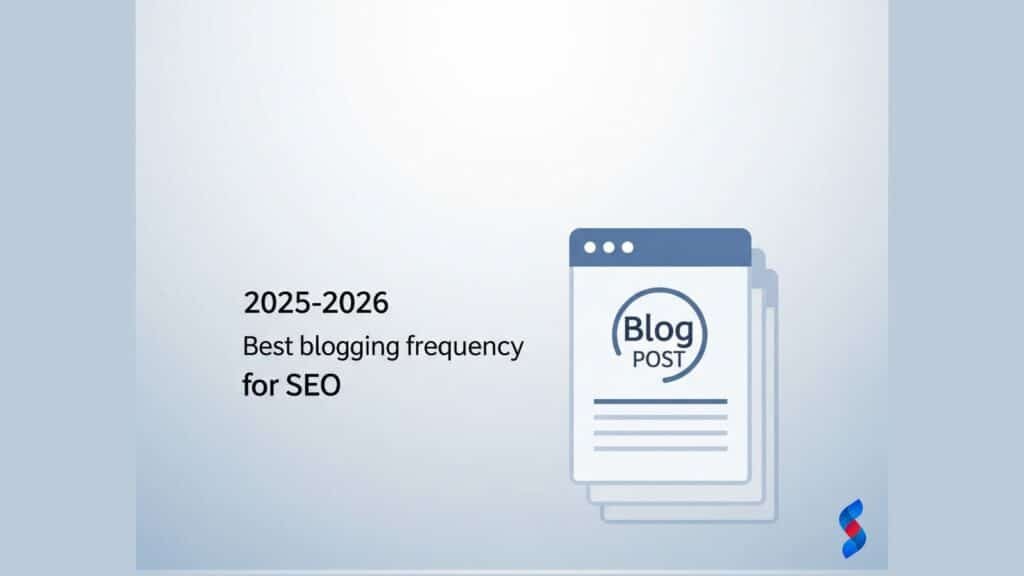
The SkySol Media Strategy: Quality + Consistency
At SkySol Media, we follow a Content Velocity + Topical Authority model. Here’s how we apply it:
Step 1: Content Audit
We assess your existing blog to find gaps and strengths.
Step 2: Keyword Mapping
We identify priority keywords with SEO potential for your niche.
Step 3: Blog Calendar Planning
We build a content calendar that balances evergreen, trending, and promotional posts.
Step 4: Content Creation
We focus on creating value-rich, SEO-optimized content that meets Google’s E-E-A-T standards (Experience, Expertise, Authoritativeness, Trustworthiness).
Step 5: Monitoring & Optimization
We track performance and adjust frequency, keywords, or CTAs based on real-time data.
Best Practices for Blog Posting in 2025–26
1. Consistency Over Quantity
Publishing one amazing post every week is better than five rushed ones.
2. Focus on Evergreen Topics
These generate traffic long after publishing—perfect for sustainable SEO.
3. Incorporate Human-Centered Content
In 2025, Google increasingly rewards authentic, helpful, and human-like writing over robotic keyword stuffing.
4. Mix Short and Long-Form Content
- Short posts (600–900 words) are great for quick wins.
- Long-form (1,500–3,000 words) ranks higher for complex topics.
5. Repurpose and Refresh
Update old posts every 6–12 months to maintain rankings.
Real-World Case Study: Blogging Frequency at SkySol Media
When we helped an eCommerce brand move from 1 post per month to 3 optimized posts per week:
- Organic traffic grew by 320% in 6 months
- Blog CTR increased by 2.1x
- Average page time jumped from 54 seconds to 2.3 minutes
Results like these confirm that strategy-driven frequency is a game changer.
Final Thoughts
There’s no one-size-fits-all answer to blogging frequency—but there is a right strategy for your brand. In 2025–26, the focus should be on:
- Consistency
- SEO intent matching
- Topical depth
- Human-first writing
At SkySol Media, we help businesses design sustainable, SEO-friendly blog strategies that drive real traffic, leads, and growth.
Don’t forget to share it
Table of Contents

We’ll Design & Develop a Professional Website Tailored to Your Brand
Enjoy this post? Join our newsletter
Newsletter
Related Articles
The Ultimate SEO Guide for Growing Your Trading Business Online
Drive More Organic Traffic to Your Trading Platform with These Proven Tactics
Optimized for Success: How SkySol Media Builds SEO-First Websites
Boost Your Google Rankings: Proven SEO Tactics for Modern Brands
How to Write SEO-Friendly Blog Posts That Google Loves
This website uses cookies to improve your experience.
By using this website you agree to our Privacy Policy.

